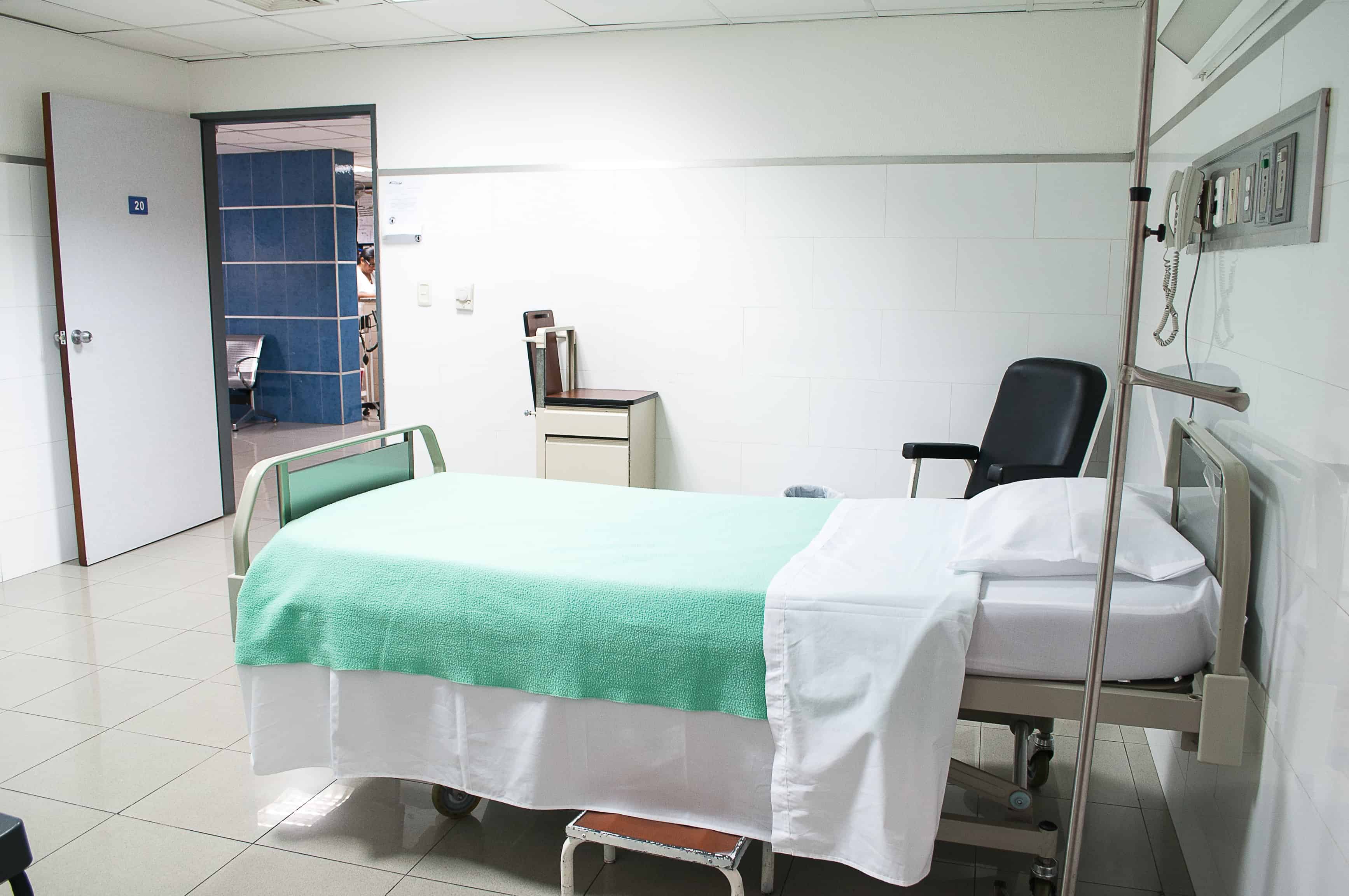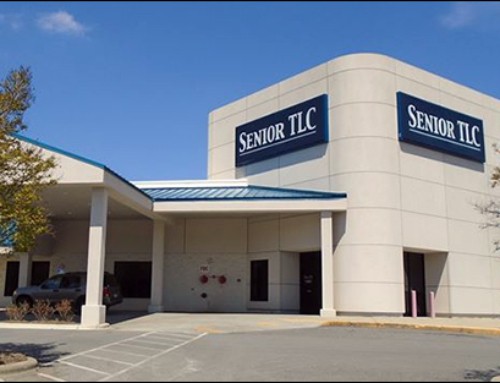With increasing population and limited funding, hospital administrators are challenged with finding new, cost effective ways to run their organisations more efficiently. The methods administrators employ to make clinical workflows more efficient must provide the best patient care, be safe and easy to use for staff, and provide easily disseminated information.
Hospital processes are complex. They are tied to the schedules of highly trained doctors and nurses, millions of dollars of medical equipment, and vast facilities. For these and other reasons, it can be difficult to introduce change and achieve a more efficient hospital practice. Changing a procedure, eliminating a step, or introducing new technology can be felt throughout several hospital depart¬ments and cost centres. To be successful, you must start smart.
Innovative new technologies have often been leveraged by hospitals to address these and other efficiency, safety, and patient care concerns. For example, hospitals were early adopters of wireless technology to establish mobile communication networks, driving the use of laptops, PDAs, Voice over IP (VoIP) phones, and other mobile devices. More recently, hospitals have been a leader in deploying real-time visibility solutions, enabled by auto-identification technologies like radio frequency identification (RFID).
RFID systems are perfect for hospital applications because of their ease of use, and relatively low cost to implement and maintain. The system provides real-time information on performance enabling workflow improvements such as:
Increased equipment availability
Increased patient throughput and reduced wait time
More efficient communications and utilisation of transport staff and equipment
Bottleneck identification and resolution
Improved quality of patient care and satisfaction
Data, management reports, and analysis that support continuous improvement
Telematics



